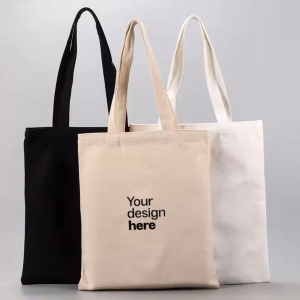Knurled screws are distinguished by their versatility and functionality, finding applications across a broad spectrum of industries. These unique screws are engineered not only to securely fasten components but also to provide enhanced grip and ease of handling. This article delves into the intricacies of knurled screws, exploring their types, materials, applications, and how to select the right one for your specific needs.

Functions of Knurled Screws
Knurled screws are characterized by their knurled or textured surface on the head, which features a series of small ridges or grooves. This knurling enhances the grip for fingers, making it easier to tighten or loosen the screw without additional tools. Beyond functionality, the knurling also adds to the aesthetic appeal of these screws, making them suitable for applications where both practicality and design are important.
Types of Knurled Screws
Knurled screws come in various types, each designed for specific applications:
Thumb Screws: Featuring an enlarged, knurled head, thumb screws allow users to tighten or loosen the screw using their fingers, eliminating the need for tools. They are commonly used in applications requiring frequent adjustments, such as electronic equipment and machinery.
Knurled Shoulder Screws: These screws have a knurled shoulder between the head and the threaded portion. The shoulder acts as a precise stopping point when the screw is inserted into a hole, ensuring consistent positioning.
Knurled Captive Panel Screws: Designed with a captive panel feature, these screws remain attached to the panel even when loosened, preventing loss and simplifying maintenance and assembly processes.
Knurled Weld Screws: These screws have a knurled shank designed for welding onto metal surfaces, providing a secure attachment point.
Knurled Knob Screws: These screws combine the functionality of a knob with a screw. The knurled knob offers a comfortable grip, while the screw portion secures the object in place.
Knurled Chicago Screws: Made from brass, these knurled chicago screws offer excellent wear resistance and high strength. They feature a standard slot for easy installation with a slotted screwdriver.

Materials Used in Knurled Screws
Knurled screws are made from various materials to suit different environments and applications:
Stainless Steel: Known for its corrosion resistance and durability, stainless steel knurled screws are ideal for applications exposed to moisture, chemicals, and varying temperatures.
Brass: Brass knurled screws offer excellent conductivity and are often used in electronics and decorative applications due to their appealing golden appearance.
Aluminum: Lightweight and corrosion-resistant, aluminum knurled screws are commonly used in applications that require reduced weight without compromising strength.
Plastic: Plastic knurled screws provide electrical insulation and chemical resistance, making them suitable for non-metallic environments, especially in electronics and healthcare industries.
Applications of Knurled Screws
The versatility of knurled screws makes them suitable for a wide range of applications:
Electronics: Widely used in electronic equipment assembly, knurled screws offer quick, tool-free access to internal components due to their enhanced grip.
Machinery: In the machinery industry, knurled screws are used to secure parts that require frequent adjustments, such as guides and clamps.
Furniture: Knurled screws are employed in furniture assembly, enabling easy installation and maintenance for pieces that may need periodic adjustments.
Automotive: Used in various automotive components, from interior panels to engine parts, knurled screws provide a secure grip and reliable performance.
Medical Equipment: In medical settings, knurled screws are used to assemble devices and equipment where hygiene, grip, and precision are crucial.
Choosing the Right Knurled Screws
Selecting the appropriate knurled screw for your application requires consideration of several factors:
Material: Choose a material suited to the environmental conditions the screw will face. Stainless steel is ideal for harsh conditions, while plastic is better for non-metallic environments.
Thread Type: Determine the appropriate thread type (e.g., machine, wood, self-tapping) based on the materials being joined and the required load-bearing capacity.
Size and Length: Ensure the screw’s size and length are compatible with the components being fastened. A screw that’s too short might not secure the hold, while one that’s too long could cause damage.
Head Type: Different applications may require specific head types, such as flat, round, or hexagonal heads. Consider the aesthetics and functionality required.
Knurling Intensity: The intensity of the knurled pattern affects the grip. Light knurling offers a more subtle grip, while heavy knurling provides a stronger grip.

Summary
Knurled screws are a unique subset of fasteners that blend functionality and aesthetics. Their knurled design enhances grip and ease of handling, making them a preferred choice across industries such as electronics, machinery, automotive, and furniture. With various types, materials, and sizes available, selecting the right knurled screw involves careful consideration of factors like material, thread type, size, head type, and knurling intensity. By making an informed choice, you can ensure that your fastening solution meets both practical and design requirements.







